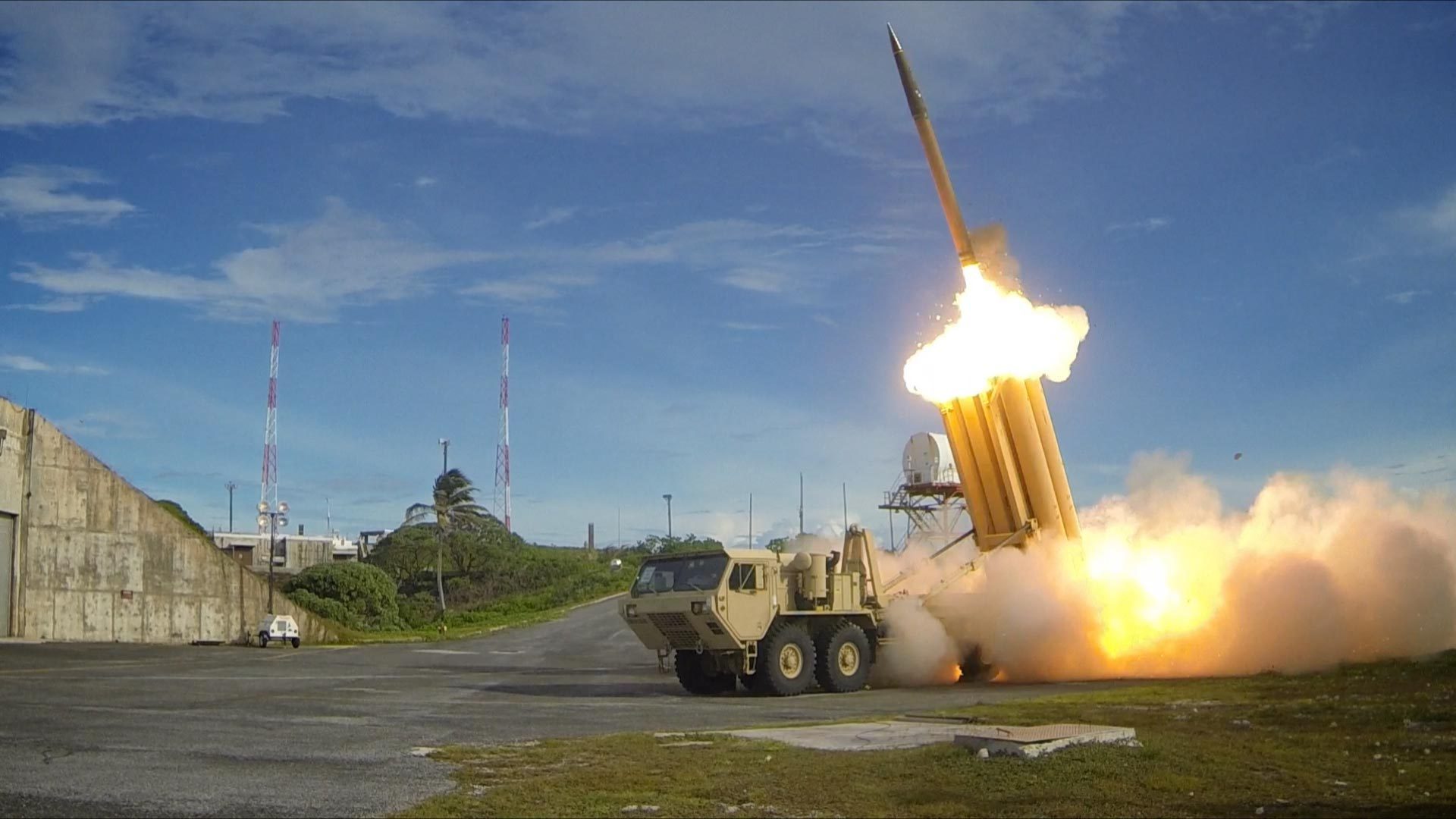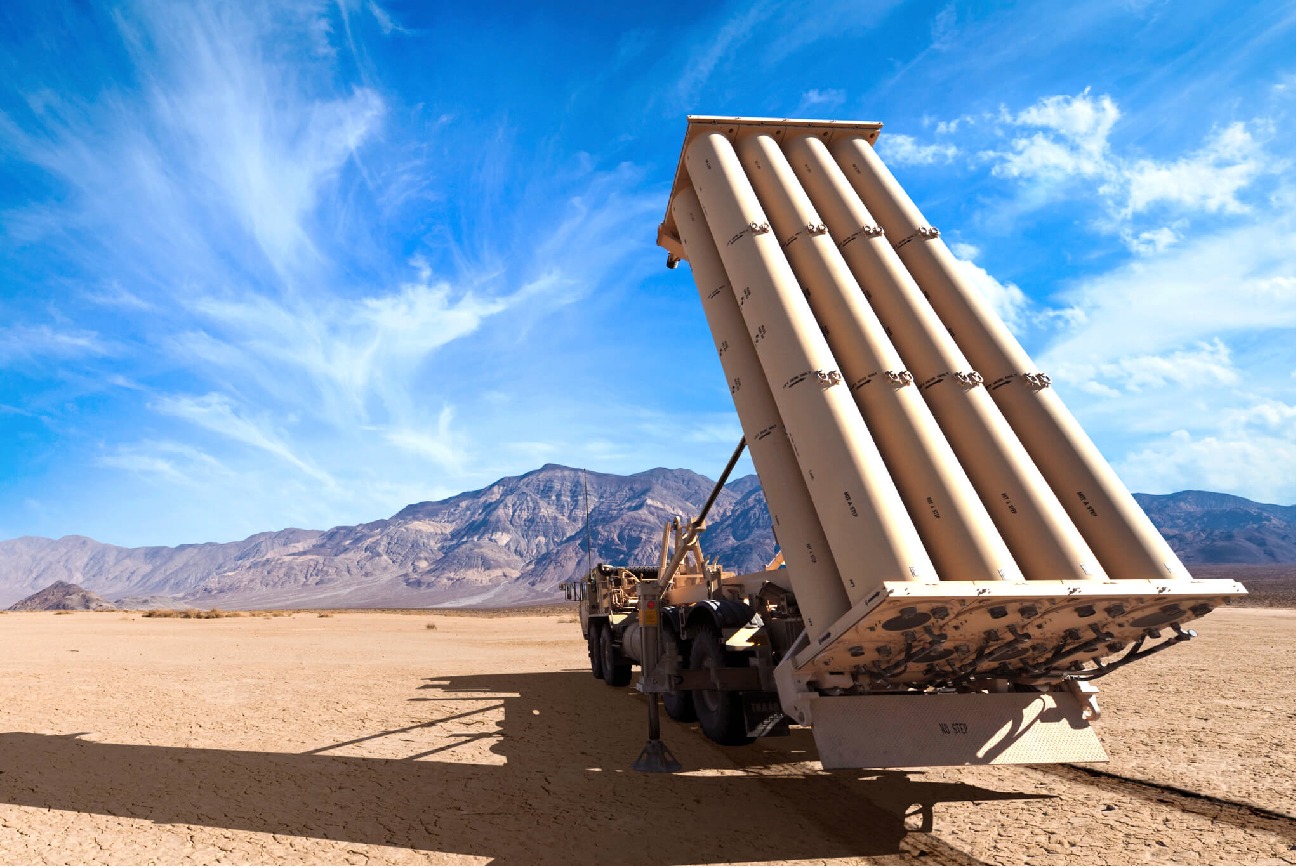Lockheed Martin, a leading US-based defense company, has recently marked a significant achievement by delivering the 800th Terminal High Altitude Area Defense (THAAD) interceptor to the Missile Defense Agency (MDA).
The THAAD system, designed by Lockheed Martin, has proven its effectiveness in countering short-, medium-, and intermediate-range ballistic missile threats, distinguishing itself as the sole US system capable of intercepting targets outside and inside the atmosphere.
In an official statement, Dan Nimblett, Vice President of Upper Tier Integrated Air and Missile Defense, highlighted Lockheed Martin’s steadfast commitment to the Missile Defense Agency (MDA) and the dedicated service members operating the THAAD system.
“Our production team and industry partners continue to ensure these deliveries are made on schedule with the highest quality standards to deter and stay ahead of advanced threats,” added Nimblett.
In April, the MDA awarded Lockheed Martin a US$180.3 million contract to manufacture additional interceptors and one-shot devices, marking the 15th lot of THAAD interceptors ordered by the US government.

The company said that the THAAD system’s exceptional flight test success rate and its combat-proven status continue to fuel demand, showcasing a global commitment to 21st Century Security.
The THAAD Weapon System achieved a flawless 100% flight test intercept record. In 2022, it successfully demonstrated integration with the PAC-3 MSE interceptor, further solidifying its capabilities.
Making headlines recently, the Terminal High Altitude Air Defense (THAAD) system has gained attention as one of the sought-after weapons in Kyiv’s extensive list of requests from the United States.
Ukraine’s interest in THAAD is well-founded, considering its robust capabilities as an anti-missile defense system.
With the ability to intercept ballistic missiles at distances of 200 kilometers and altitudes ranging between 100 and 150 kilometers, THAAD holds strategic importance, particularly in light of Russia’s ongoing attempts to target Ukrainian infrastructure using ballistic missiles.
Terminal High Altitude Area Defense (THAAD)
The Terminal High Altitude Area Defense (THAAD) system is critical in the United States’ Ballistic Missile Defense System (BMDS) by providing robust protection against short-to-intermediate-range ballistic missile threats.
Renowned for its mobility and rapid deployment capabilities, THAAD can be swiftly positioned anywhere globally as needed. It stands out for its ability to intercept both endo-atmospheric and exo-atmospheric ballistic missiles and offers flexibility in countering diverse missile attack scenarios.
The primary objective of the THAAD system is to intercept and neutralize incoming missiles during their terminal flight phase. Employing a hit-to-kill approach, the THAAD interceptor missile directly collides with the target missile, relying on kinetic energy to obliterate it.
This method minimizes the risk of detonating conventional warhead ballistic missiles and ensures that the warheads of nuclear-tipped ballistic missiles do not explode upon impact.

THAAD is effective within a range of up to 200 kilometers and altitudes of up to 150 kilometers. It comprises key components such as the AN/TPY-2 surveillance X-band radar for detecting and tracking threats, and a Fire Control and Communications component for coordinating battery operations and relaying fire control information,
The THAAD fire control unit is the communications backbone, linking THAAD components and connecting the THAAD battery to external command, control, and other BMDS elements.
Having undergone extensive intercept, non-intercept, and interoperability tests, THAAD boasts a successful testing record and has demonstrated its capability in combat.
In January 2022, a THAAD battery in the United Arab Emirates successfully intercepted a missile launched by Iranian-backed Houthis in Yemen.
Unlike Patriot Missile Defense Systems, THAAD intercepts missiles during their terminal phase but offers theater-wide protection.
According to the Missile Defense Advocacy Alliance, the system can accept cues from Aegis, satellites, and other external sensors to extend its coverage area, working in concert with Patriot/PAC-3 and the Command, Control, Battle Management, and Communications (C2BMC) system.
THAAD’s expansive radar coverage is designed to counter mass raids and can be deployed as a layered defense system.
Besides the United States, the United Arab Emirates has also acquired the THAAD air defense system, and Saudi Arabia placed an order for THAAD batteries in October 2017. Lockheed Martin began production for Saudi Arabia in March 2020.
Furthermore, US-operated THAAD batteries have been deployed in various countries, including the United Arab Emirates, Germany, Israel, South Korea, and Saudi Arabia.
- Contact the author at ashishmichel(at)gmail.com
- Follow EurAsian Times on Google News




